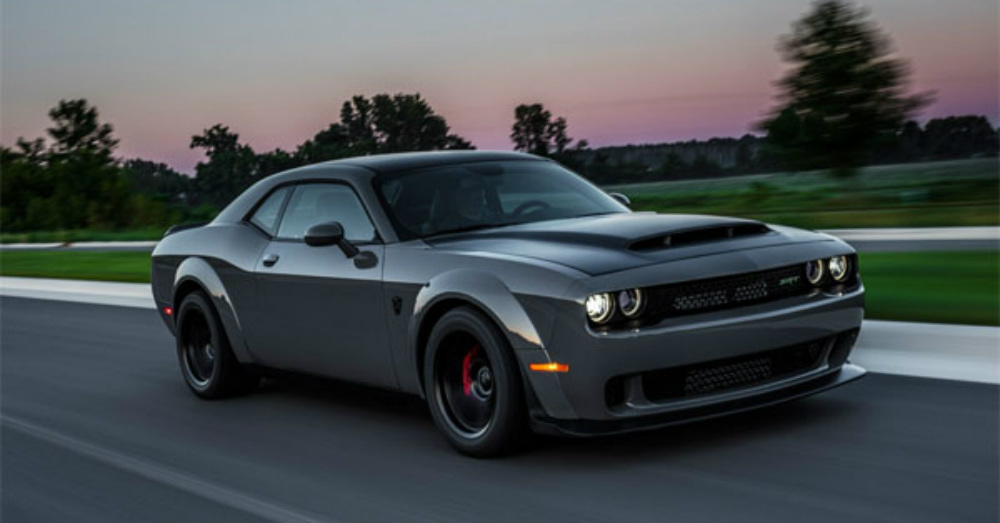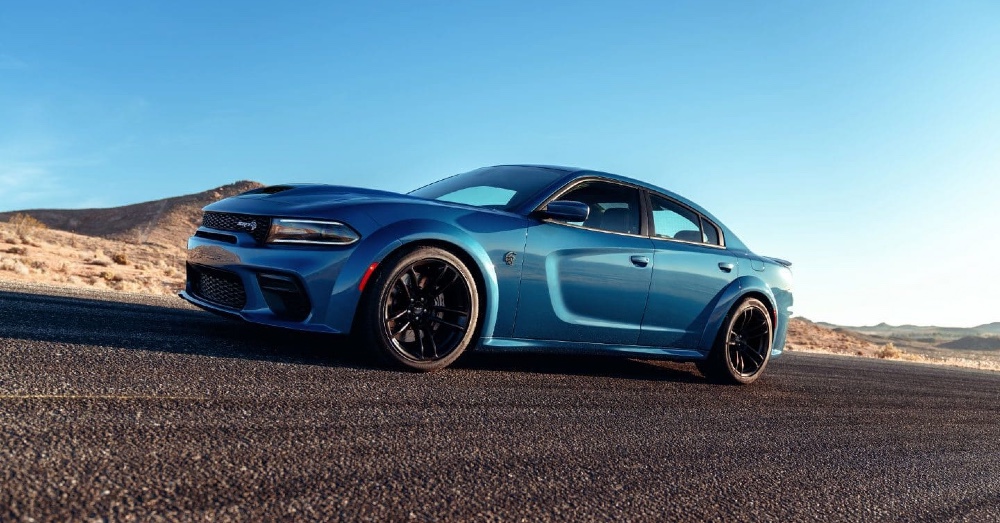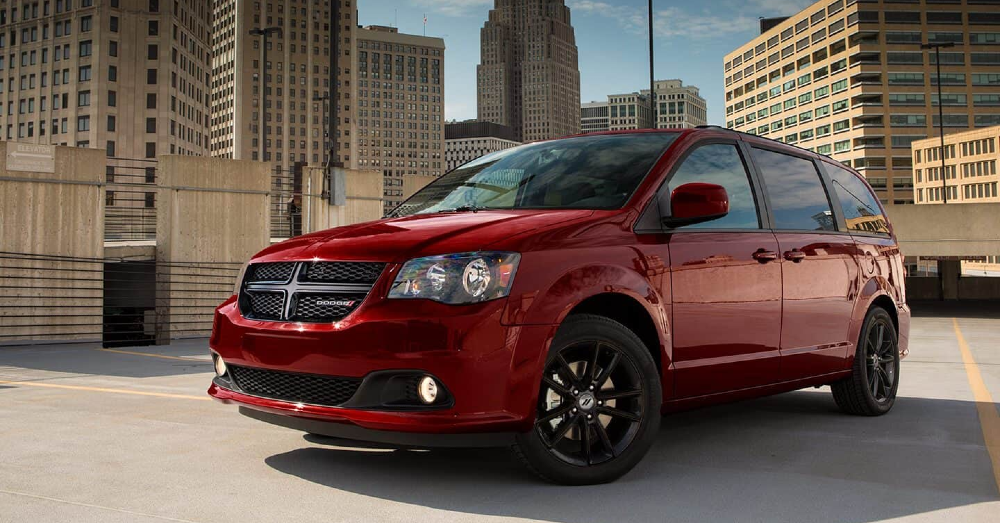It’s never been a secret that airflow into the engine bay of a car can help improve its performance. Air is an interesting factor in creating performance and speed of a car. While the components that make the car move need to be cooled, the car needs to be able to cut through the air efficiently and air needs to be used to push the car closer to the ground to offer the control needed for the driver. With the different needs for the air around the vehicle, automakers have made use of air in automotive technology for a long time.
Chevrolet offered the Cowl Induction hood, Buick had some cool-looking mesh intakes in the early part of the 1970s on the GS models, Pontiac offered the RamAir, and Ford offers us the Boss shaker on the Mach 1, but these all pale in comparison to what Mopar offered for the Dodge and Chrysler models that we enjoy for the drive. The variety offered by Mopar included the Air Grabber, Shaker, and Hemi Dart models that had massive scoops in the hoods offered by Chrysler in the 1960s and 1970s.
Moving to the Modern Day for Dodge
For the past ten years, Dodge has worked to pull as much power and performance from the SRT models to make sure the ChallengerHellcat could offer the performance we want to enjoy. The current hood is one that brings back the look and feel of the 1970 Plymouth ‘Cuda AAR which was only offered for one year but had a V8 engine under the hood to produce 340 horsepower. This hood certainly did its job by making it possible for the Hellcat to be a car that makes 707 horsepower and continue to perform on the track, but this hood is about to change.
For the 2019 version of the Dodge Challenger SRT Hellcat, we’ll see a new hood that draws inspiration from yet another older Dodge car. This hood will be a snorkel hood and we’ve already gotten a view of the double snorkel look with a few photos that have been shared. This hood was first used in the 1970 Dodge Super Bee and it was one of the meanest looking street cars offered by the Chrysler Corporation at the time. This hood will now feed air into the supercharged 6.2-liter V8 engine.
While we don’t know what the results will be of changing this hood, it seems the goal from Dodge is to offer us more power for the drive in the Hellcat. The challengers are lining up and already taking shots at the Hellcat and with the Demon only being a one year model that’s run its course, it’s time for this upgrade in order to keep the Hellcat relevant. We’ll get to see the new performance numbers in the upcoming months before this new 2019 version arrives and is ready for sale so that we know the level of airflow and power this change offers.
This post may contain affiliate links. Meaning a commission is given should you decide to make a purchase through these links, at no cost to you. All products shown are researched and tested to give an accurate review for you.




